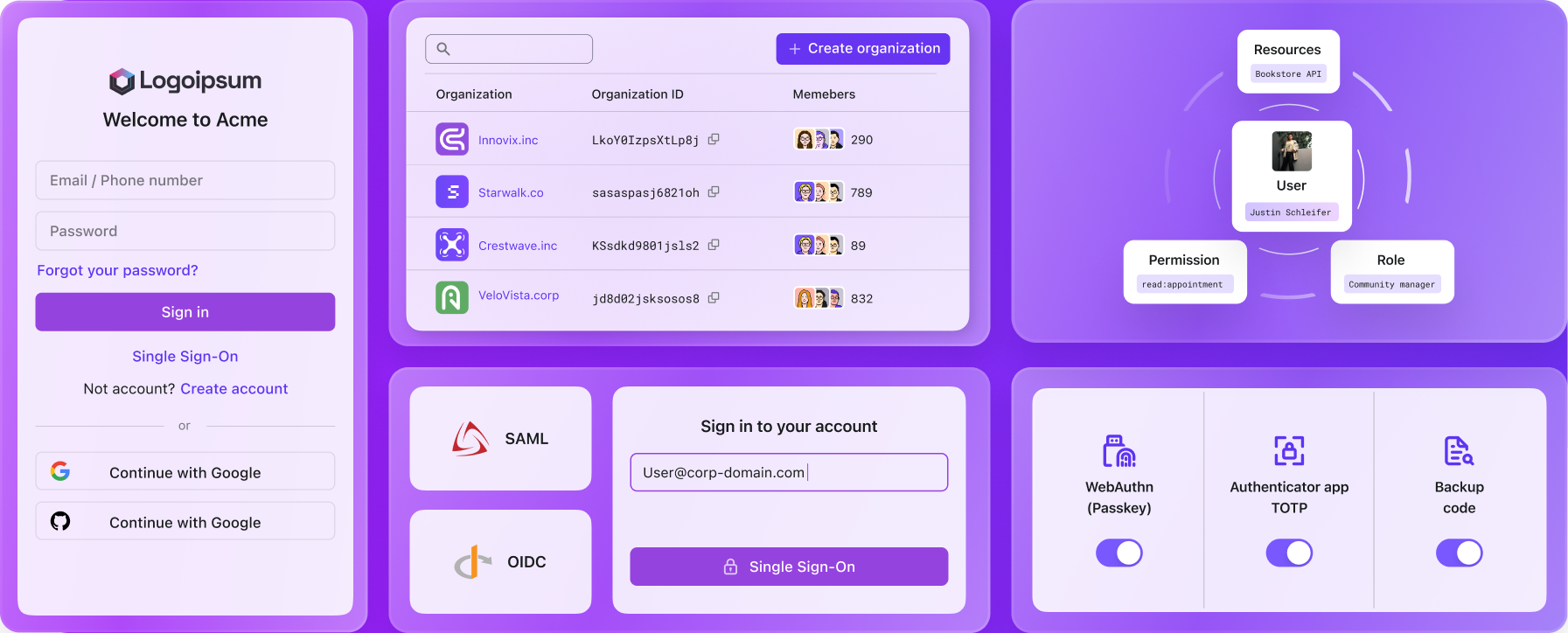Behind the E-commerce boom: Why auth and identity management matters
Global e-commerce brings complex identity challenges. Managing identity is now key to growth, security, and compliance. This article covers essentials like SSO, multi-identifier sign-ups, MFA, and CAPTCHA.
In an age dominated by AI hype, it's easy to overlook a sector that continues to expand rapidly: e-commerce. Just look at TikTok Shop reshaping social commerce, Temu going global with jaw-dropping speed, and Shopify empowering millions of merchants, online retail isn’t just alive; it’s thriving.
But as the market grows, so do the demands around identity management, authorization, and account security. Especially in the era of Global E-commerce, ensuring each user’s login, permissions, and interactions are secure and compliant has become a mission-critical task.
If you’re building or maintaining an e-commerce platform, this article will help you break down key requirements for identity, authentication, and authorization, particularly in complex, multi-region, multi-system environments.
Multi-Region deployment: Is your platform ready for global?
You might be running a single e-commerce product but very quickly, you’ll find yourself needing to deploy it across different countries:
- Some countries mandate local data storage.
- Some markets require total data isolation between regions.
If you’re not managing a centralized global identity pool, most CIAM (Customer Identity and Access Management) solutions will let you create separate tenants or instances per region.
👉 For example, a global fashion brand may have different identity setups for the Americas and Europe, balancing compliance and operational efficiency.
But if you want users to log in with the same credentials across all locales, say, placing orders in the US and Japan using the same email then you’ll need a unified identity system.
👉 Another example is TikTok and Douyin, both owned by ByteDance, operate as separate platforms with different identity systems. A user account on Douyin (China) can’t log in to TikTok (international), even with the same email or phone number. This split supports data localization and regional compliance, but it also means the user has two isolated identities.
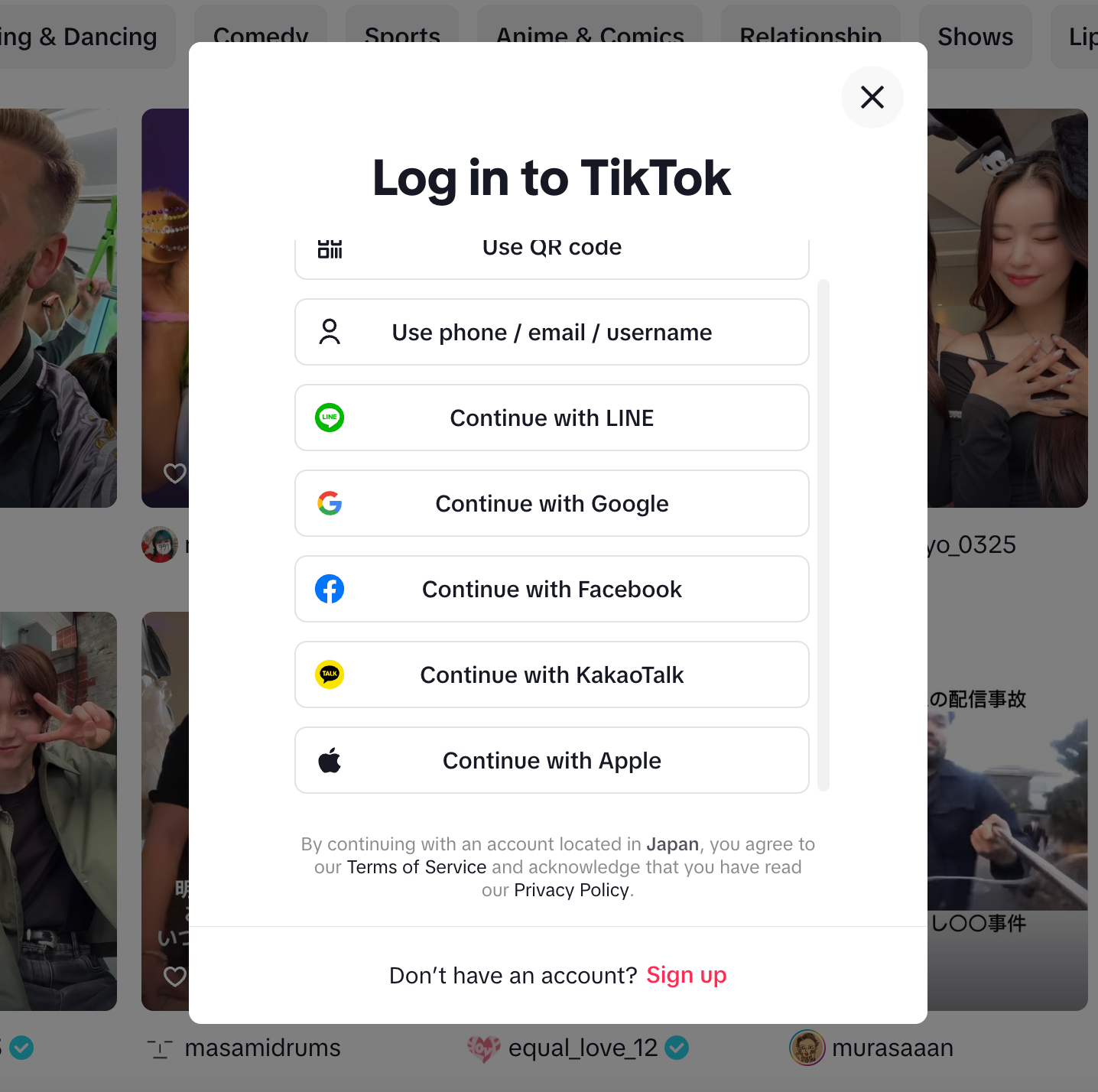

However, if ByteDance wanted to allow users to log in with the same credentials globally, to sync preferences or purchase items from both the Chinese and international stores they would need to implement a unified identity system. That system would manage users across regions while respecting local regulations, ensuring a seamless experience with shared accounts across markets.
👉 Let’s switch gears and look at a well-known example. Platforms like Amazon use a unified identity system, allowing users to switch regions and still access their data. I can log in to different regional sites, like amazon.com, amazon.co.uk, and amazon.co.jp, using the same email address.
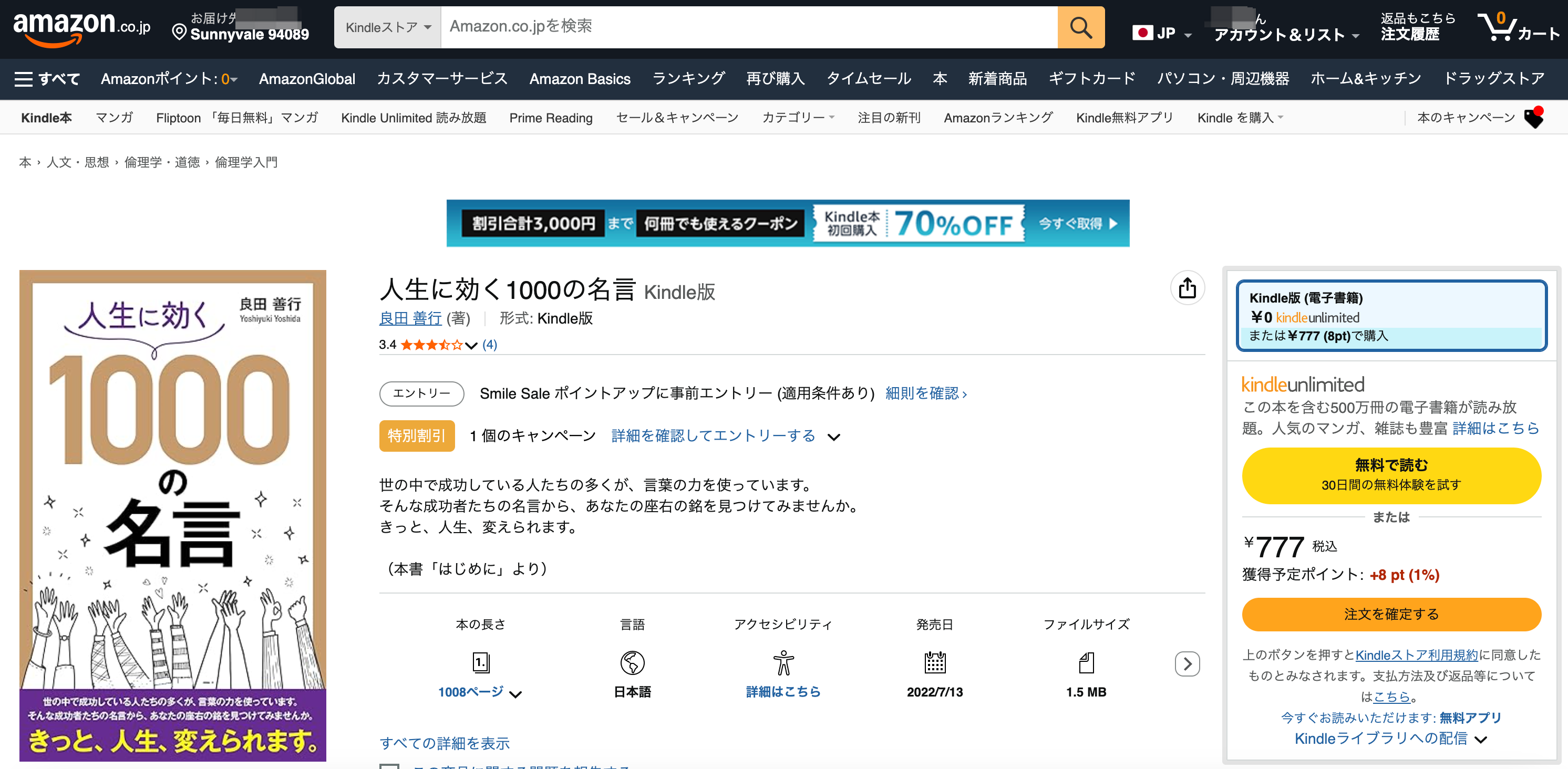

Multiple apps, multiple domains: Why you need SSO
Mature e-commerce operations rarely consist of just a single app. Most platforms include:
- A consumer-facing storefront (customer app)
- A merchant backend (business app)
- An internal admin portal (admin app)
These often live on different subdomains or entirely separate domains:
A centralized identity system with cross-domain Single Sign-On (SSO) is essential here.
👉 Shopify uses SSO to help merchants navigate across analytics, orders, and settings without repeated logins. Similarly, Temu provides separate portals for users, sellers, and staff yet all are accessed through a single identity system.
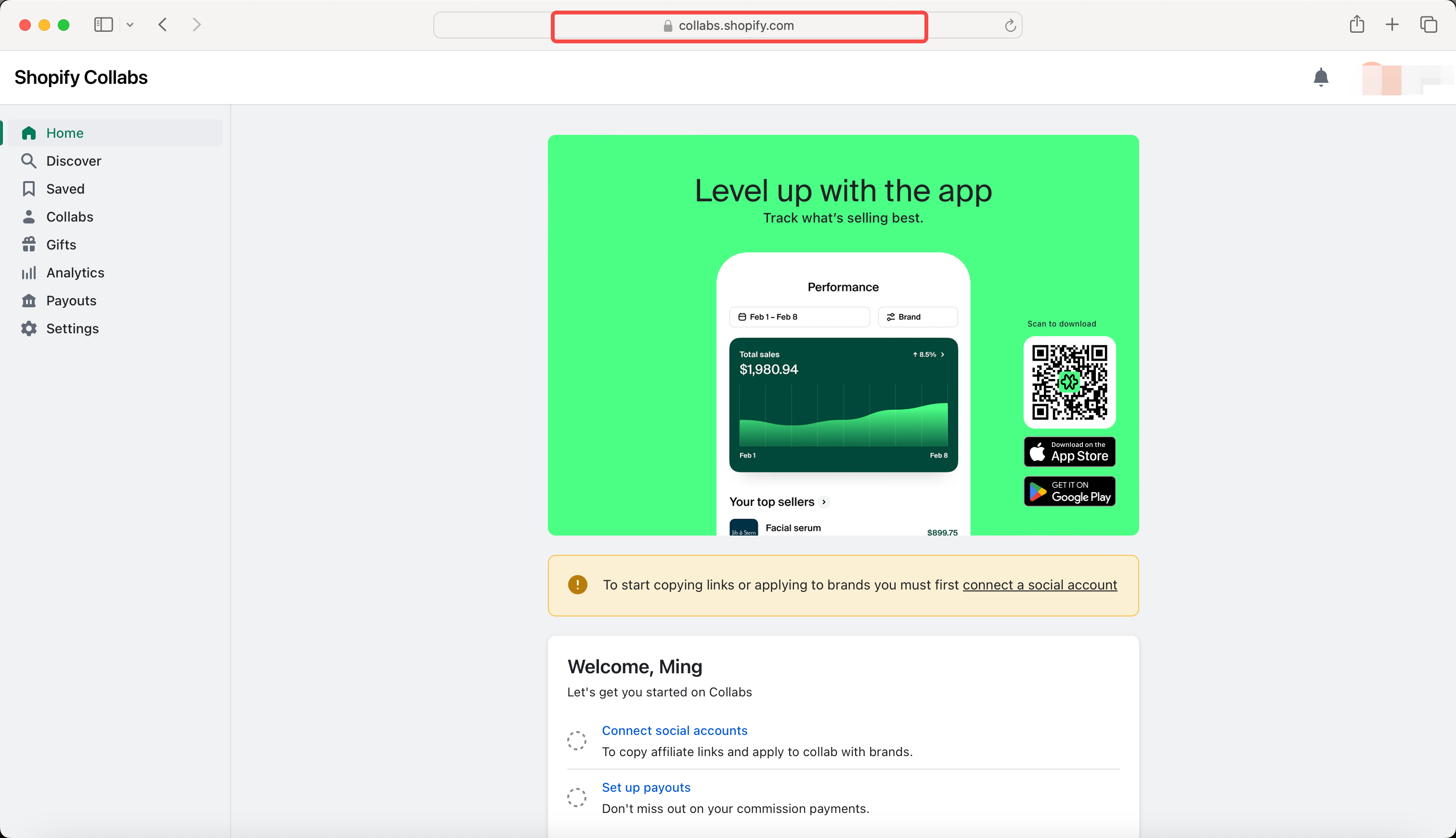

Custom signup & multiple identifiers: E-commerce needs more Data
Compared to SaaS or community platforms, e-commerce demands more data during user signup:
- Email for verification, marketing, and order updates
- Phone number for shipping updates and customer support
- Username for personalization and community features
You may also collect addresses, birthdates, preferences, or gender—making flexible, multi-identifier signup a must-have.
👉 Lazada lets users register with their phone number directly, while JD.com relies on both phone numbers and addresses for logistics and customer service excellence.
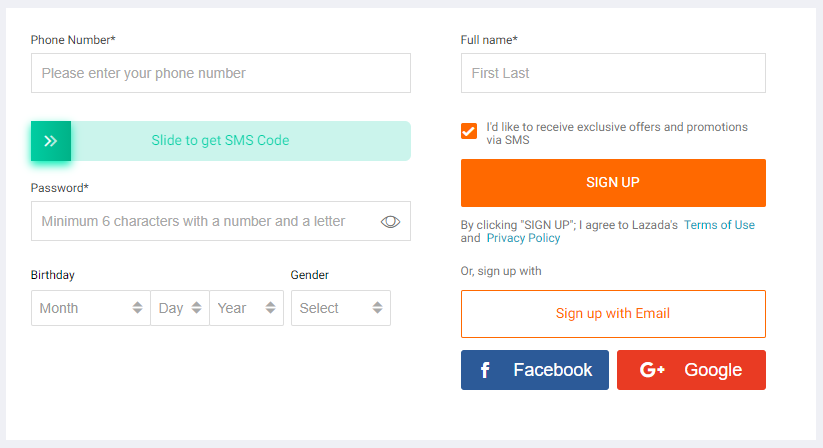
Security is not a nice-to-have, but core infrastructure
High-frequency transactions and cross-border payments bring high risk. E-commerce platforms must include:
- Multi-Factor Authentication (MFA): Crucial for accounts with wallet balances or linked payment methods.
- Captcha: Defends against bots, fake signups, coupon abuse, and brute-force login attempts.
- Anomaly Detection: Flags unfamiliar devices, IP addresses, and rapid transactions to trigger risk controls or account freezes.
👉 PayPal enforces MFA on login; Pinduoduo activates stricter Captcha rules during major sales. Netflix uses device fingerprints and behavior analysis to alert users about unusual activity.


Conclusion: Why Logto is built for E-commerce identity
If you understand that identity is not optional but foundational to e-commerce success then you’ll want a solution that’s both flexible and secure.
Logto offers:
- Multi-region deployment with localization support
- Centralized identity and seamless SSO across apps and domains
- Custom signup flows and multi-identifier support
- Built-in security mechanisms to guard against fraud and abuse
If you’re building a global e-commerce platform, Logto is a trusted identity solution, already used by many e-commerce businesses.
Explore our documentation https://cal.com/logto/30min

